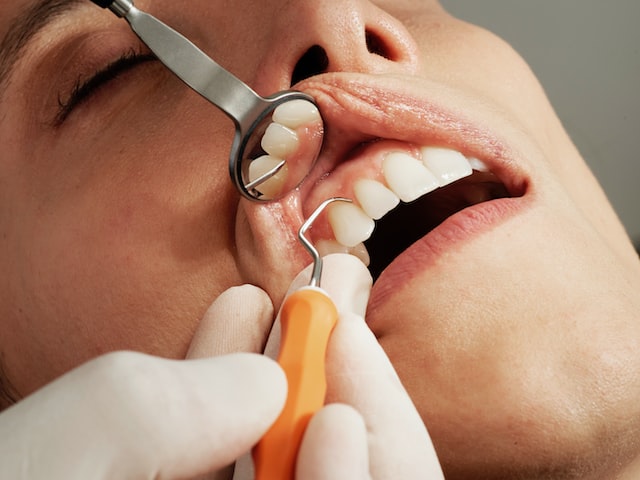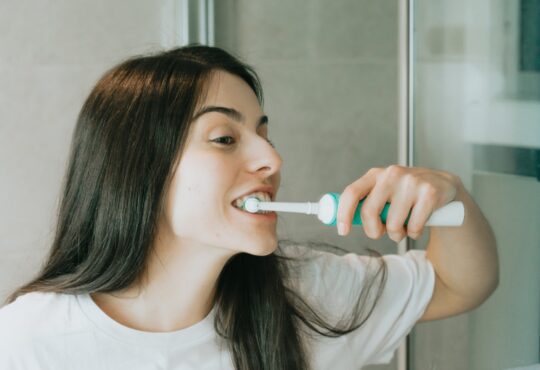
How Can a Periodontist Help Jawbone Health?
Periodontists are dentists with specialized training in gum disease prevention, diagnosis, treatment, and the placement of dental implants.
They also repair and restore cosmetic problems of the gums or the surrounding tissue or treat inflammation of the jawbone.
Gum health is critical to your oral and overall health. The gum tissue and bone that supports your teeth in place deteriorate with gum disease, tooth decay, or bone loss.
Gum Disease
Gum disease can sometimes damage the jawbone, a natural structure that helps keep your teeth in place. It is called periodontitis, which can lead to bone loss, tooth decay, or both.
Fortunately, it is possible to reverse the effects of gum disease. The easiest approach to avoid it is to maintain proper dental hygiene, such as brushing twice daily and flossing regularly.
When gingivitis is diagnosed, it can usually be treated with deep cleaning procedures, including scaling and root planing. These procedures remove plaque and tartar below the gum line and smooth rough spots where bacteria may hide.
For instance, a periodontist Austin may need flap or pocket reduction surgery for more severe cases. This procedure will clean a pocket where disease-causing bacteria have gotten behind the gums, then stitch the gum tissue back into place, so it fits more snugly around your teeth. Depending on the condition, a periodontist may also need to insert a material that encourages gum tissue regeneration, such as bone grafts or membranes.
Bone Loss
Bone is a living tissue that is made of proteins and minerals. Its growth is governed by resorption (breaking down) and formation (making new bone).
Bone formation starts in childhood and continues through adulthood until peak bone mass is reached around age 30. After this, bone resorption increases to the point where it outweighs new bone formation.
This process is expected as the body replaces old bone with new tissue. However, some factors can slow bone formation and increase resorption, including low calcium levels, lack of exercise, and smoking.
A periodontist can help with jawbone health through several treatments, including dental bone grafts and surgical crown lengthening. He can also recontour the hard tissue to improve the appearance of a smile.
Gum Graft
If you have a significant gum recession, your periodontist may recommend a gum graft to arrest the recession and prevent you from losing teeth or bones.
A periodontist will perform a connective tissue graft Pflugerville. First, the periodontist cuts a flap of skin at the roof of the mouth and takes tissue from beneath the flap (known as subepithelial connective tissue). Afterward, the connective tissue will be sewn to the gum tissue surrounding the exposed tooth root.
Tooth Decay
Tooth decay is a common condition that can cause pain, infection, and tooth loss. It begins when bacteria in plaque form acids that attack the hard enamel on teeth.
The acid eating away at the enamel can leave a hole in the tooth (a cavity). If left untreated, this can lead to a painful build-up of pus (dental abscess) and a more severe problem.
A periodontist will review a patient’s entire medical and dental history, including medications if any. They will also take teeth X-rays to check for cavities and other signs of damage.
Dentin decay is a type of tooth decay that begins in the softer dentin layer beneath the enamel. If detected early, this decay may be treated with a filling or a crown. However, if left untreated, it can progress to the pulp chamber, which contains nerves and blood vessels that sustain your tooth.
Dental Implants
Dental implants are a tooth replacement solution that enhances your smile’s appearance, restores oral functions, and even prevents jawbone deterioration. They are metal fixtures surgically fastened to your jaw bone below the gums, onto which artificial teeth can be mounted.
The replacement tooth (usually a crown) is secured to the implant post, anchoring to your jawbone through osseointegration. It provides stable support you can rely on while eating and speaking.




